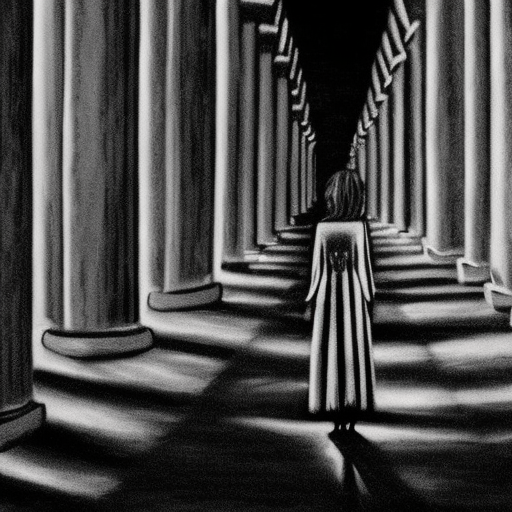One-line Summary:
Mr. Smith Goes to Washington (1939) by Frank Capra
In this classic political drama, a naive and idealistic young man named Jefferson Smith is appointed to the United States Senate, where he discovers the corruption and cynicism that pervades the political system. With his unwavering integrity, Smith embarks on a courageous journey to expose the truth and fight for justice, even if it means standing alone against powerful forces.
Main Cast and Crew:
- Director: Frank Capra
- Writer(s): Sidney Buchman
- Key Actors: James Stewart as Jefferson Smith, Jean Arthur as Clarissa Saunders, Claude Rains as Senator Joseph Paine
- Music Director: Dimitri Tiomkin
- Director of Photography: Joseph Walker
- Producers: Frank Capra, Harry Cohn
Plot:
Jefferson Smith, a young and idealistic leader of the Boy Rangers, is unexpectedly appointed to the United States Senate after the death of a senator. Smith’s appointment is orchestrated by corrupt political boss Jim Taylor, who believes that the naive Smith will be easily manipulated. However, Smith’s genuine passion for democracy and his belief in the power of the people quickly become apparent.
Smith arrives in Washington, D.C., full of enthusiasm and ready to make a difference. He is assigned a cynical and experienced secretary, Clarissa Saunders, who initially underestimates him. As Smith begins to propose a bill for a national boys’ camp, he discovers that the land he intended to use has been secretly acquired by Taylor for a dam project that will benefit his own interests.
Realizing the extent of the corruption, Smith decides to filibuster in the Senate to expose the truth and fight for justice. Despite facing opposition from the political establishment, Smith’s unwavering determination and impassioned speech captivate the nation. The public rallies behind him, leading to a dramatic climax where the truth is revealed, and Smith’s integrity triumphs over corruption.
Themes and Motifs:
One of the central themes of “Mr. Smith Goes to Washington” is the power of idealism and the importance of fighting for what is right, even in the face of overwhelming odds. The film explores the corrupting influence of power and the need for individuals to maintain their integrity in the face of temptation. It also highlights the role of the media in shaping public opinion and the potential for ordinary citizens to make a difference in the political process.
Reception and Legacy:
Upon its release, “Mr. Smith Goes to Washington” received critical acclaim for its powerful storytelling and strong performances. It was nominated for eleven Academy Awards, including Best Picture, Best Director, and Best Actor for James Stewart. Although it did not win any awards, the film has since become a beloved classic and a symbol of American idealism.
The legacy of “Mr. Smith Goes to Washington” extends beyond its initial release. It continues to be celebrated for its portrayal of the American political system and its timeless message of integrity and standing up for what is right. The film has influenced numerous political dramas and remains a touchstone for films exploring themes of corruption and idealism.
Recommendation:
“Mr. Smith Goes to Washington” is a must-watch film for anyone interested in politics, integrity, and the power of the individual. With its compelling story, outstanding performances, and thought-provoking themes, it remains a relevant and inspiring film that resonates with audiences to this day.
Memorable Quote:
“I wouldn’t give you two cents for all your fancy rules if, behind them, they didn’t have a little bit of plain, ordinary, everyday kindness and a little looking out for the other fella, too.”












